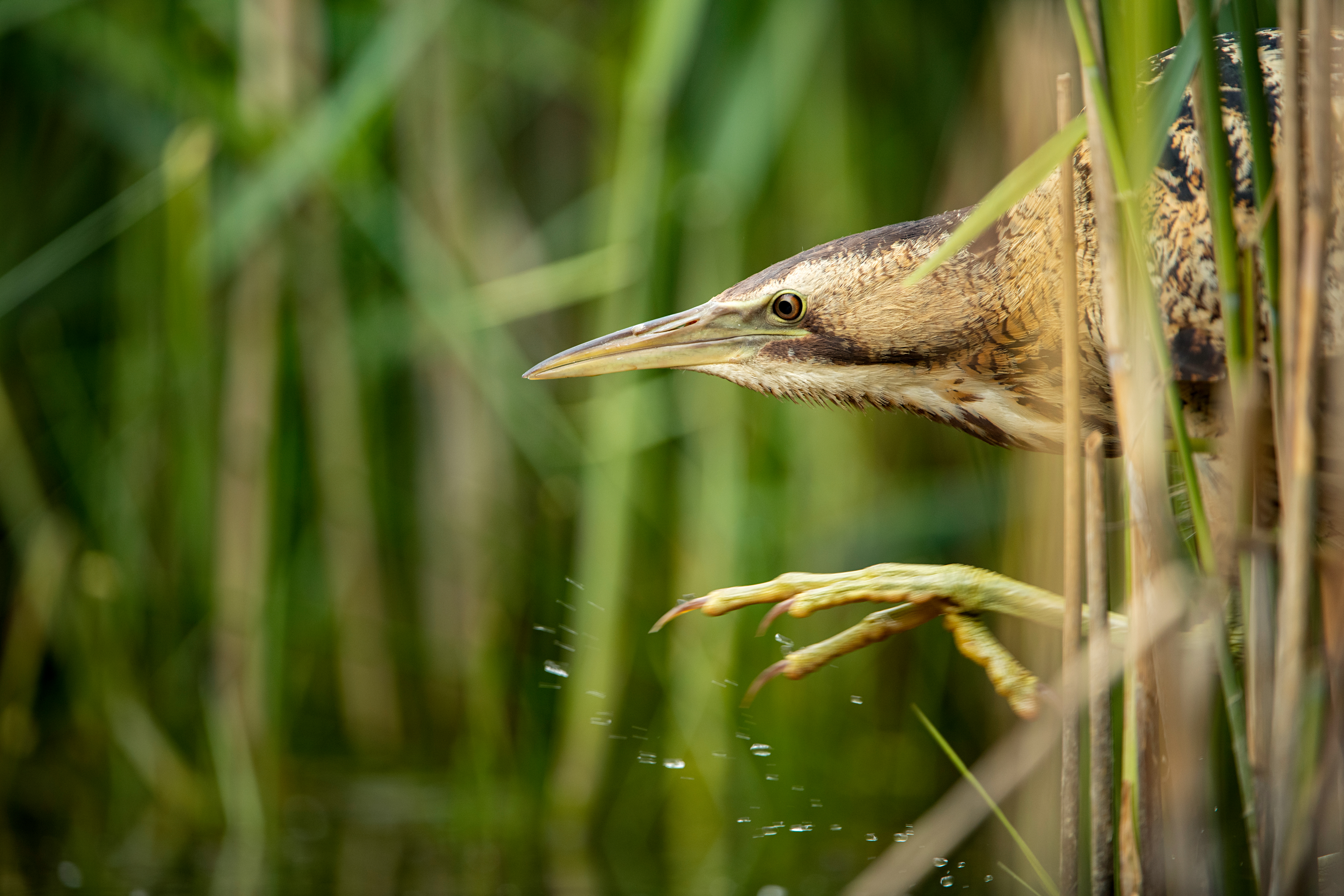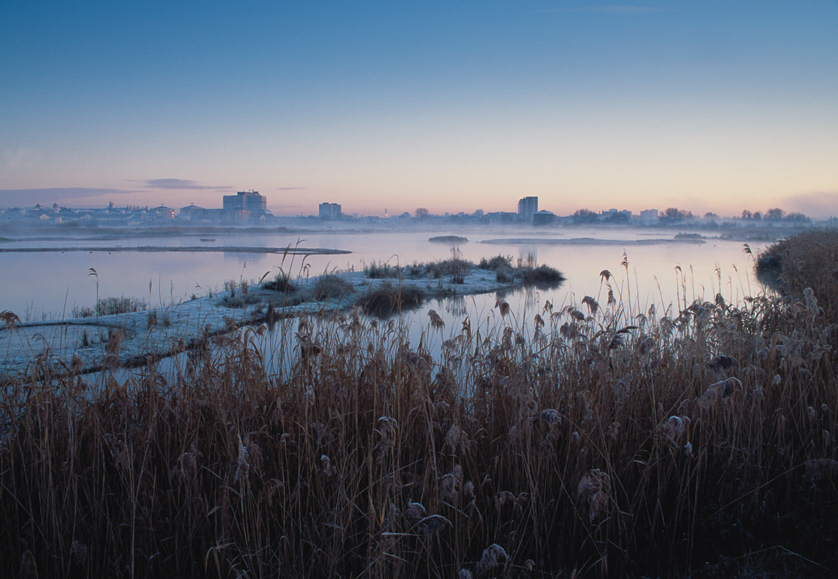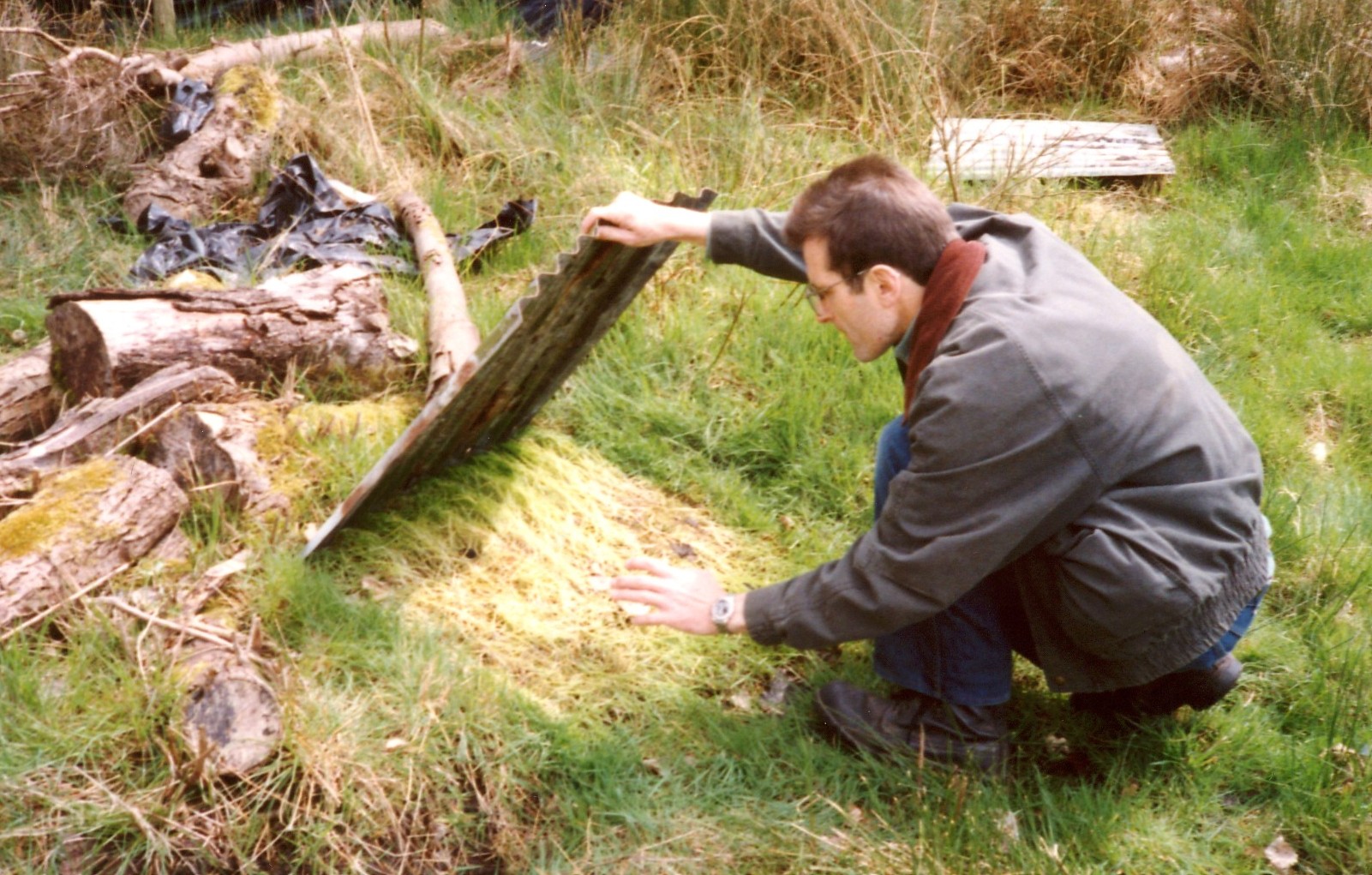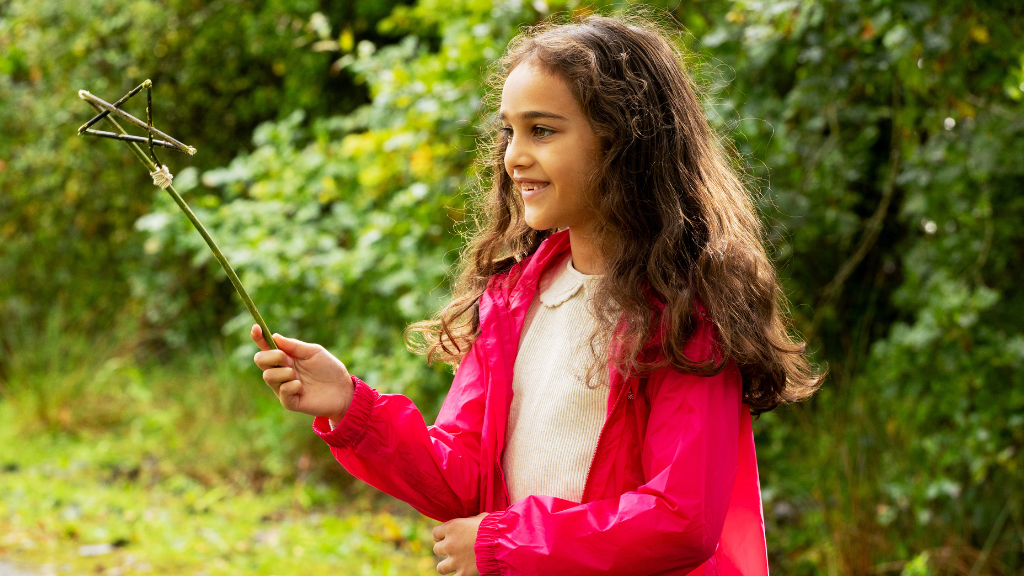Reserve management during winter
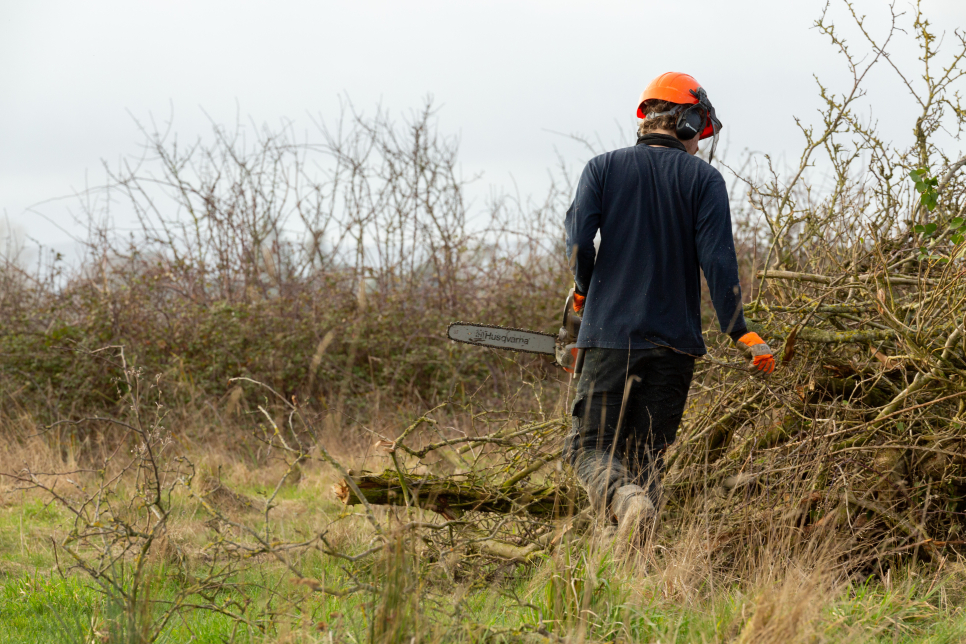
The effective management of wetlands can provide alternative or complementary habitats for waterbirds and mitigate the adverse effects of wetland loss and degradation.
Winter is the busiest time of year for our reserve team as they prepare the whole of site for the upcoming breeding season. Our reserve team is coppicing and pollarding with our fantastic team of volunteers. This work improves the wetlands habitat quality for the birds that choose our site for breeding.
Cutting small areas of the woodland or hedgerow creates new open areas or glades, and due to the extra light level this will stimulate ground cover below. This results in other plants flourishing such as grasses and wildflowers.
Within woodlands and hedgerows, butterfly caterpillars can feed on the wildflowers and grasses that have been stimulated to grow due to the coppicing and pollarding, and so the number of individuals or species of butterfly can increase. The regrowth can create a micro-climate and diversifying plant life that creates cover for a host of wildlife such as insect life. This in turn provides food for small mammals and birds.
Birds such as blackbirds, robins and wrens will nest in the dense regrowth, and the older trees provide the perfect conditions for nesting. When the low vegetation starts becoming dense below the tree, this helps to attract species such common whitethroat, blackcap and chiffchaff - regular visitors will know these birds can often be seen during the summer months flitting around our reserve paths!
Overall, the practice of wetland management requires integrated knowledge related to the wetland ecosystem and considering diverse habitat requirements for different waterbirds. In other words, many species will benefit for those improved habitats.
